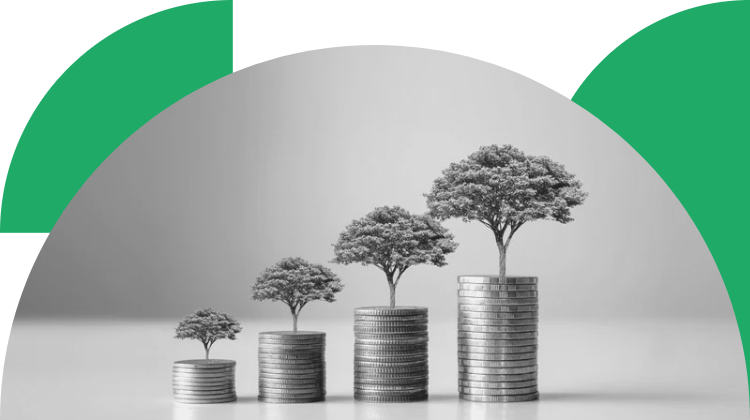Green Finance
A Klarna case study: Sustainability as a business value and as a value for business
- Consumer products actively contribute to climate change, and ecommerce companies are playing their own role in worsening the climate.
- Klarna isn't turning a blind eye to its corporate responsibilities, encouraging conscious buying which underscores its efforts to combat climate change.








